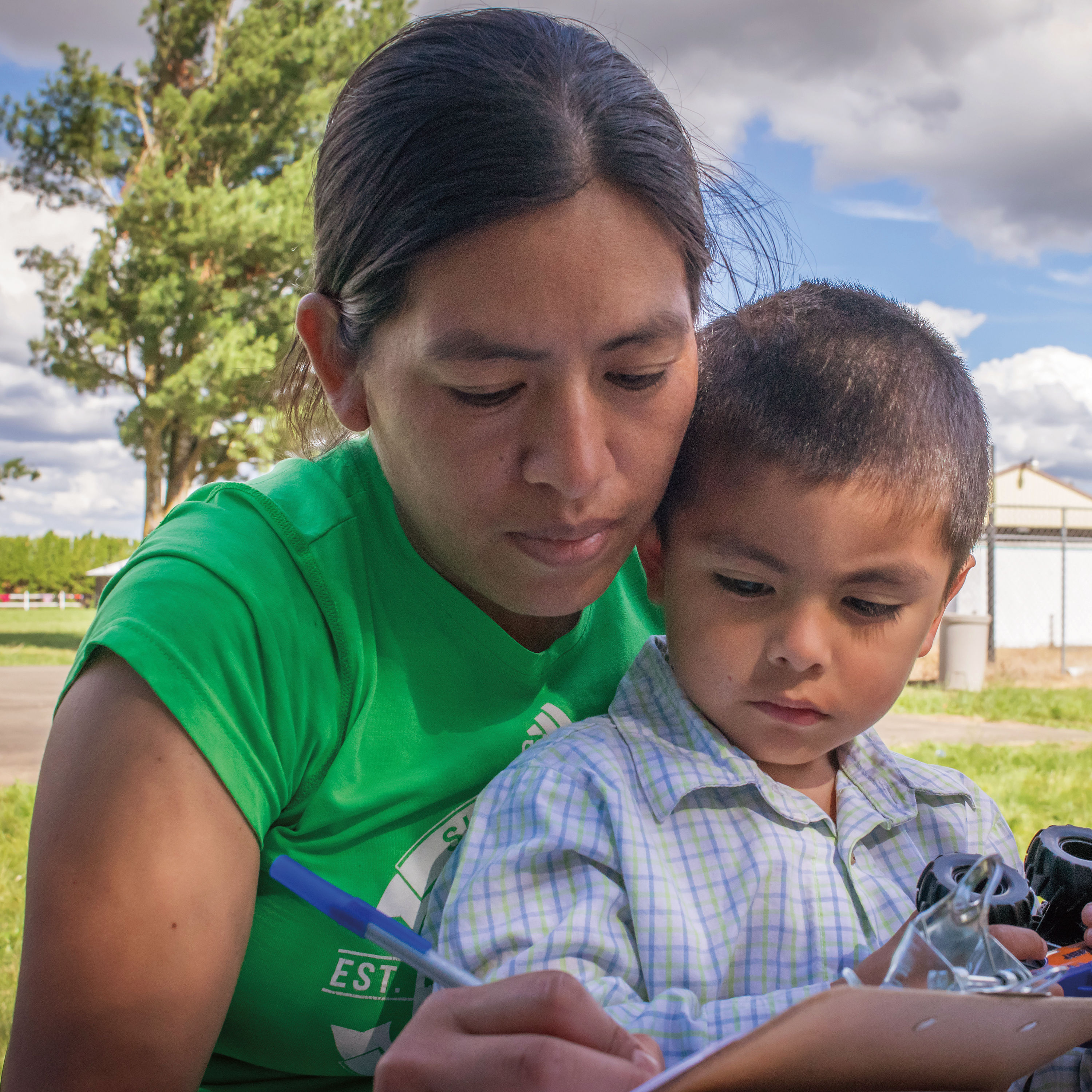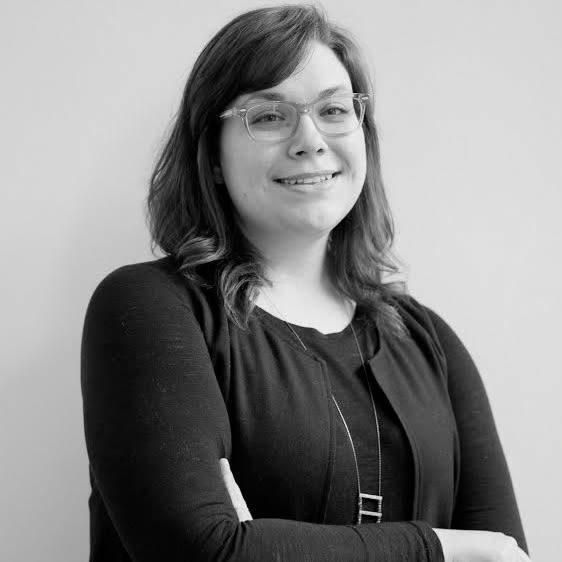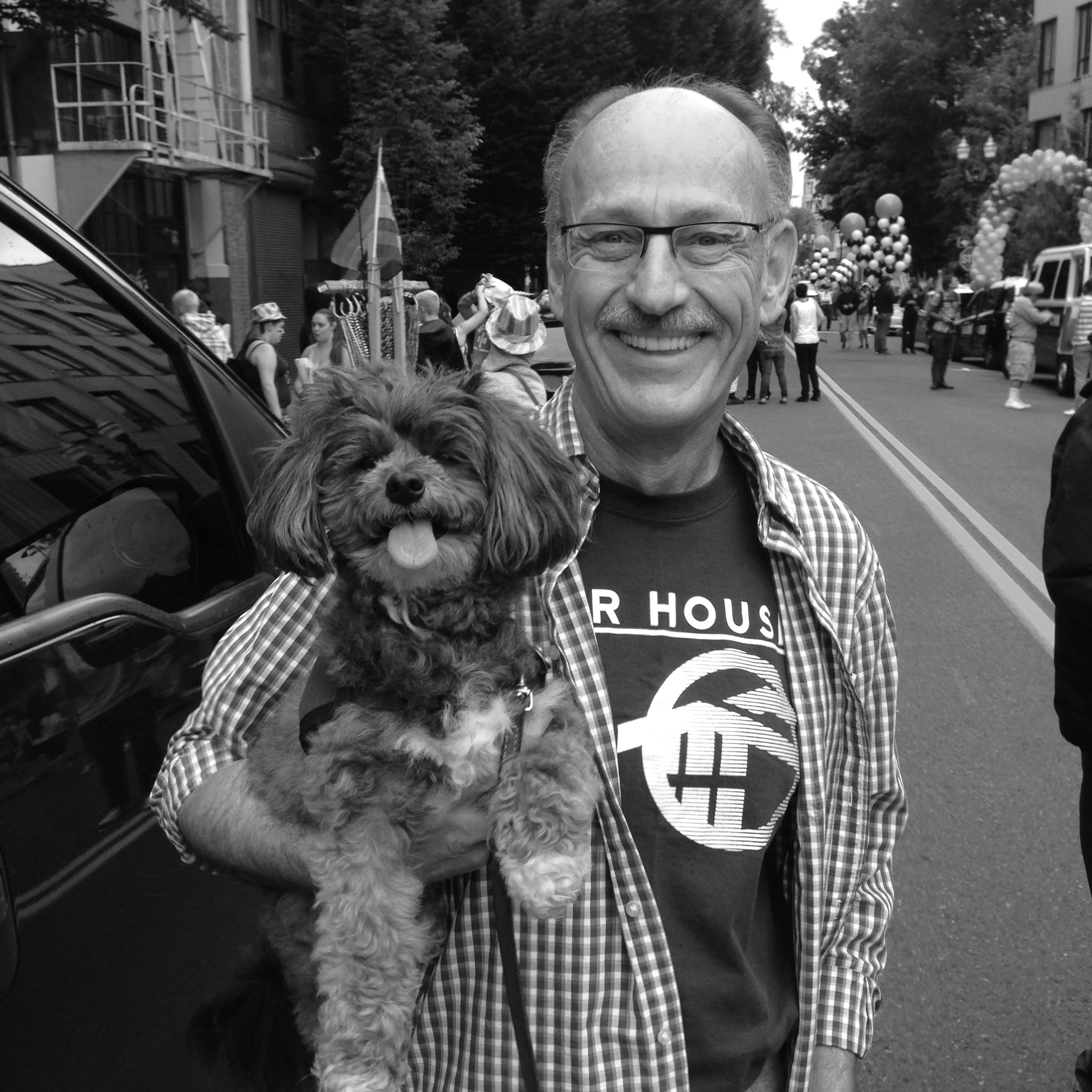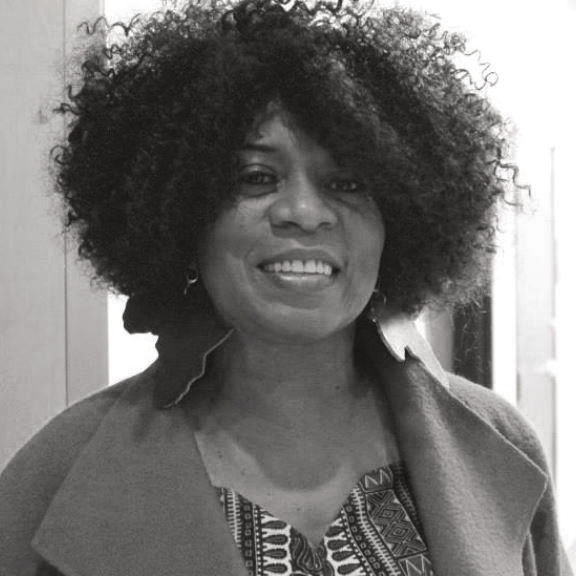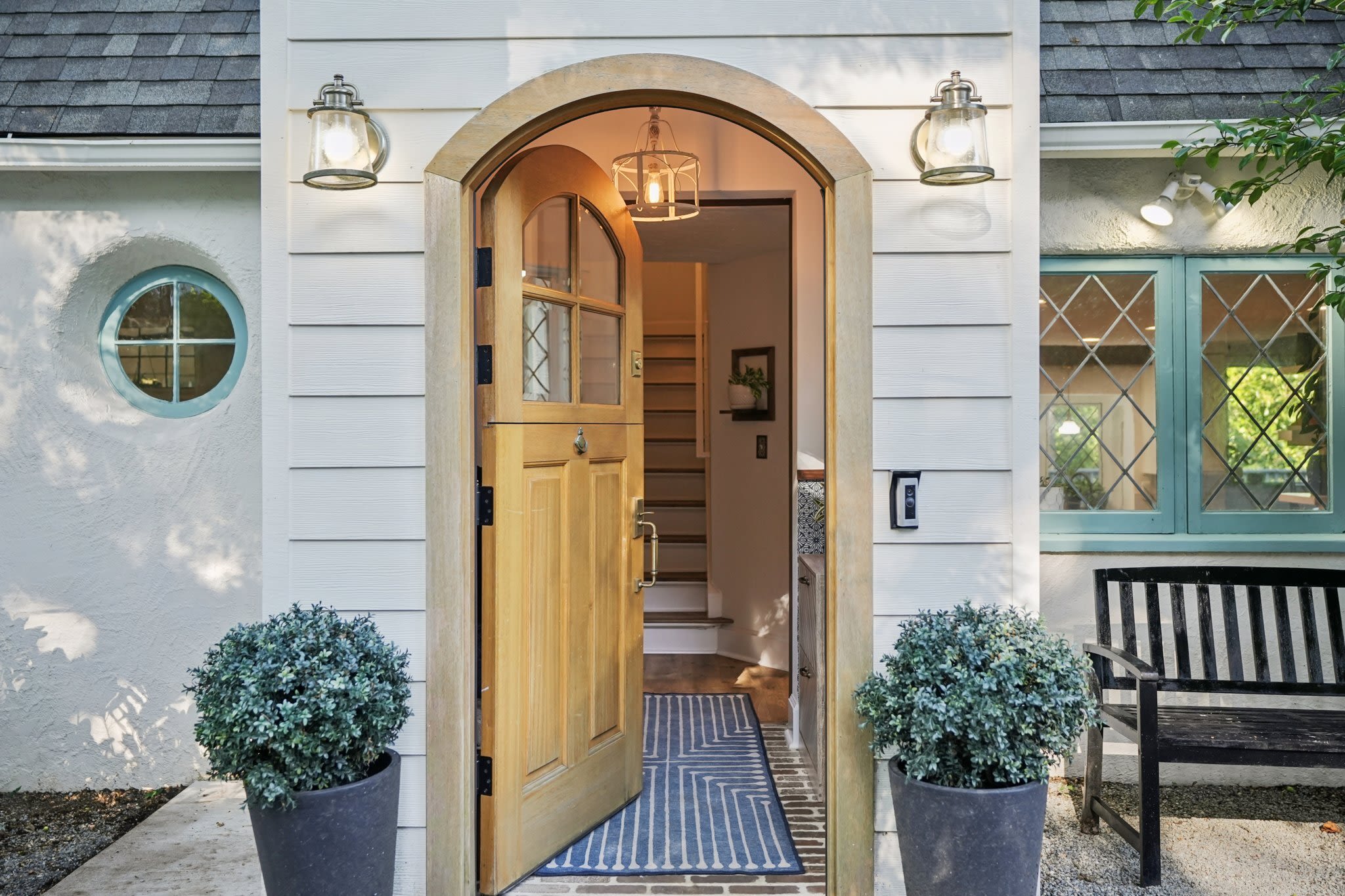How a Portland-Wide Collaboration Helped Shelter Homeless Women
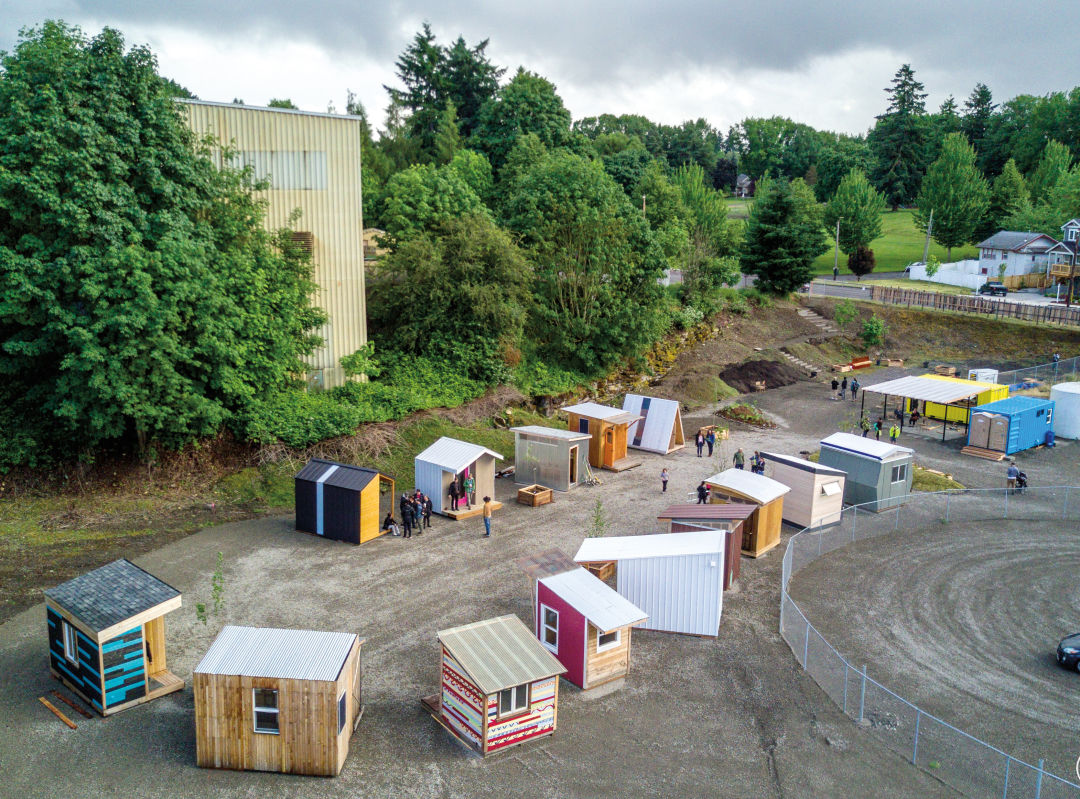
Image: Courtesy Zach Putnam
This spring volunteers, students, and a horde of neighbors convened on an empty lot in North Portland’s Kenton neighborhood. This little battalion built berms and gardens, laid down dirt and wood chips, and erected communal bathrooms and kitchens. Then came the pods. Via forklift, 14 standalone houses arrived—designed by some of Portland’s most illustrious architecture firms, including Sera, Holst, and SRG Partnership, and each built with recycled materials and $2,000 donated from the city.
This is the Kenton Women’s Village, a pilot project for a handful of women without homes—and the result of an epic city-wide collaboration of neighborhood associations, local houseless advocacy group the Village Coalition, city planners, Catholic Charities, and others. Portland State University’s Center for Public Interest Design played an outsize role.
In spring 2016, the Village Coalition invited CPID to help build tiny homes for homeless Portlanders. CPID—a project of PSU’s School of Architecture that has worked on spaces for the elderly in inner Mongolia and helped Native American communities with planning for climate change—started research. The center’s students and professors visited existing homeless villages around Portland, like Right 2 Dream Too, Dignity Village, and Overlook’s Hazelnut Grove. They found both notable social infrastructure and constant fear of eviction. After kicking off collaborations with other local architects and winning approval from city hall, CPID worked quickly. The self-contained sleeping pods (which must be a minimum of six by eight feet and have room for solar panels) took two months to design and build. After a few months, Kenton residents voted decisively in favor of building the village in their neighborhood.
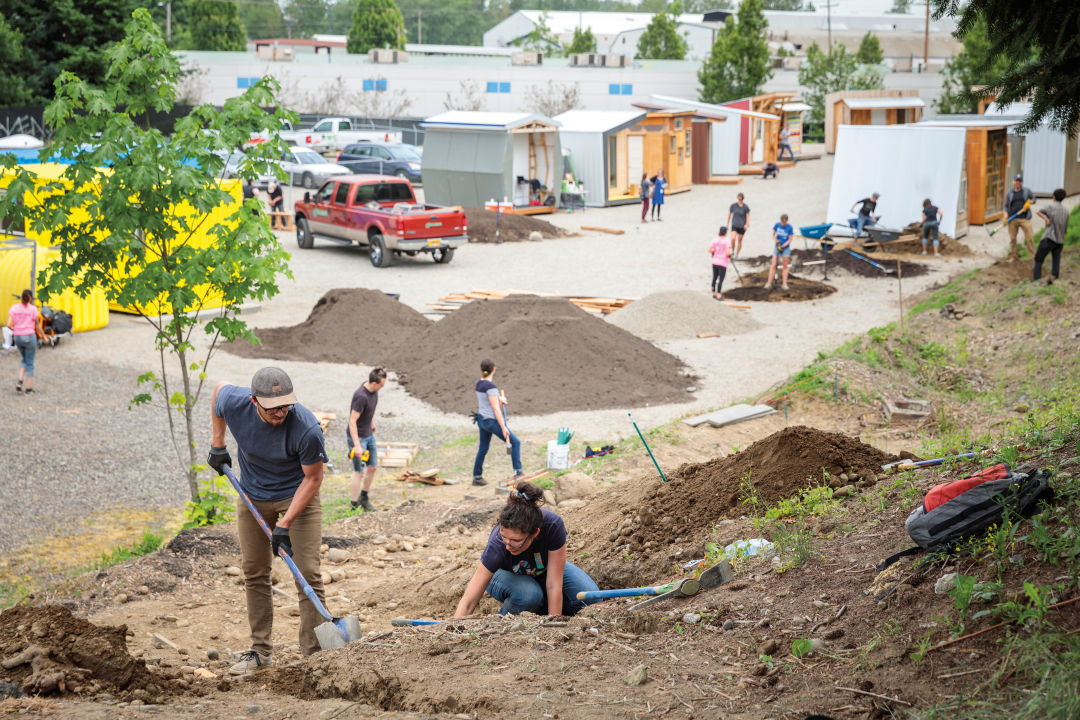
Image: Courtesy Nashco Photo
“There’s been a movement nationally with socially focused design, and reengaging architecture with social needs,” says Sergio Palleroni, an architecture professor and founder of the CPID. “Most homes you’ve ever lived in, no architect was involved with them. This didn’t use to be the case. As architects have pulled back, these decisions are being made by developers and engineers. Increasingly, the model is for efficiency. A lot of the things that architecture is concerned with—making human-centric, pleasant places to live, and environmental design—have been left aside.”
In June, 14 women moved in. Next step: replicate the model. After a year, CPID will have a trove of data on which pod designs work best, and what residents like and lack.
“The village model is a particularly good one because the idea of self-governance and community is proving itself really powerful,” says Todd Ferry, research associate at CPID who spearheaded the project. “What they needed is to feel safe, to feel warm, to have dignified housing, to be accepted within the larger neighborhood. These are things design can do. Now we have all these experts [living] at the village that we can draw on to help us with the next one.”



